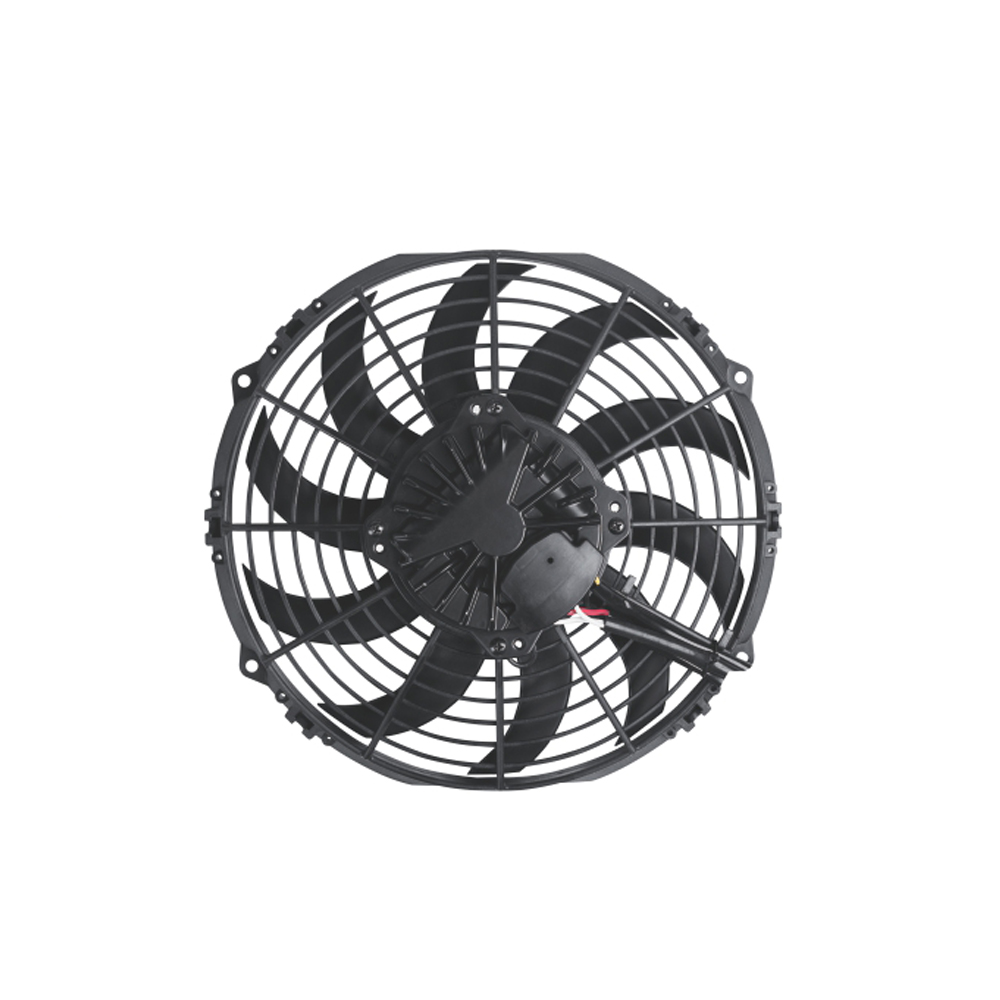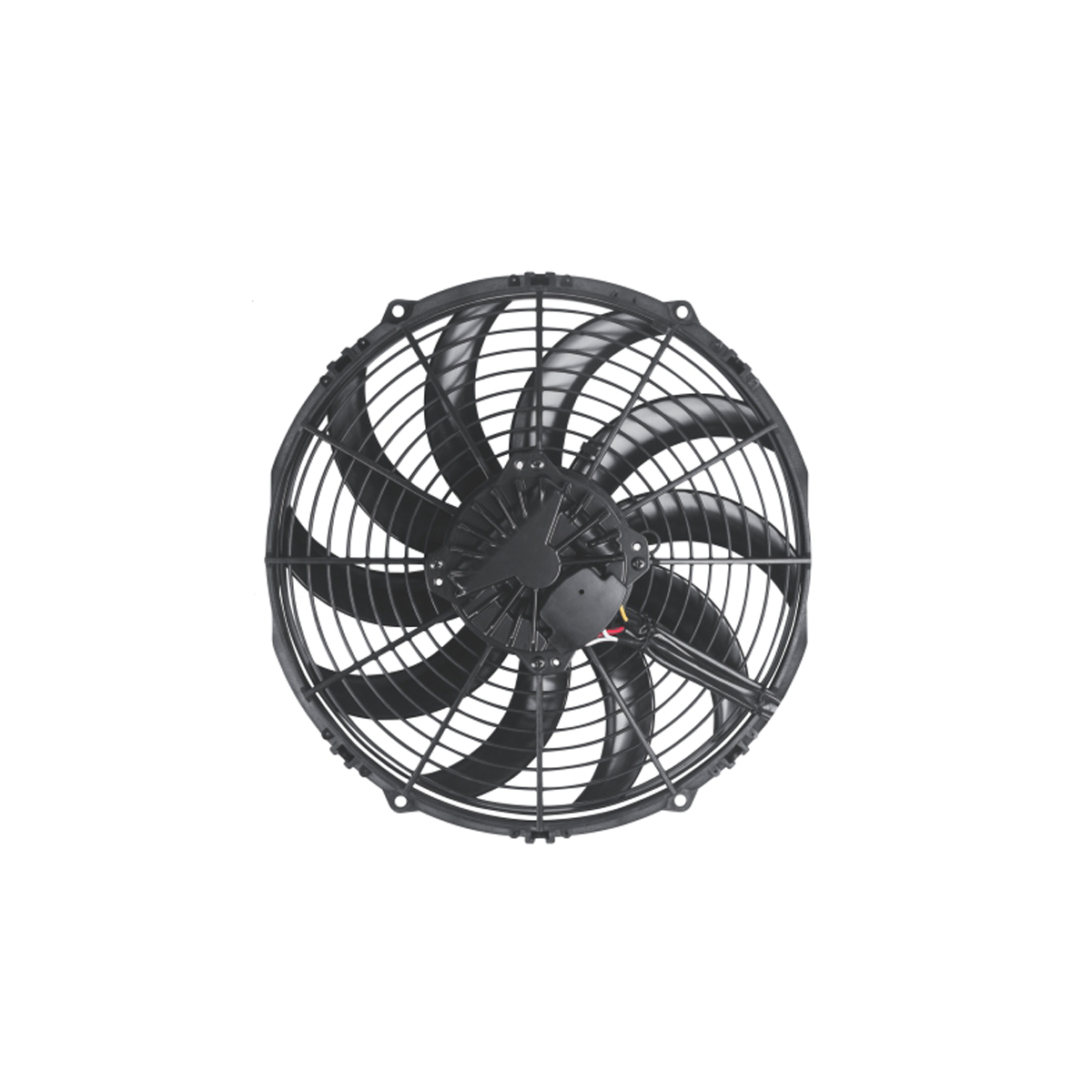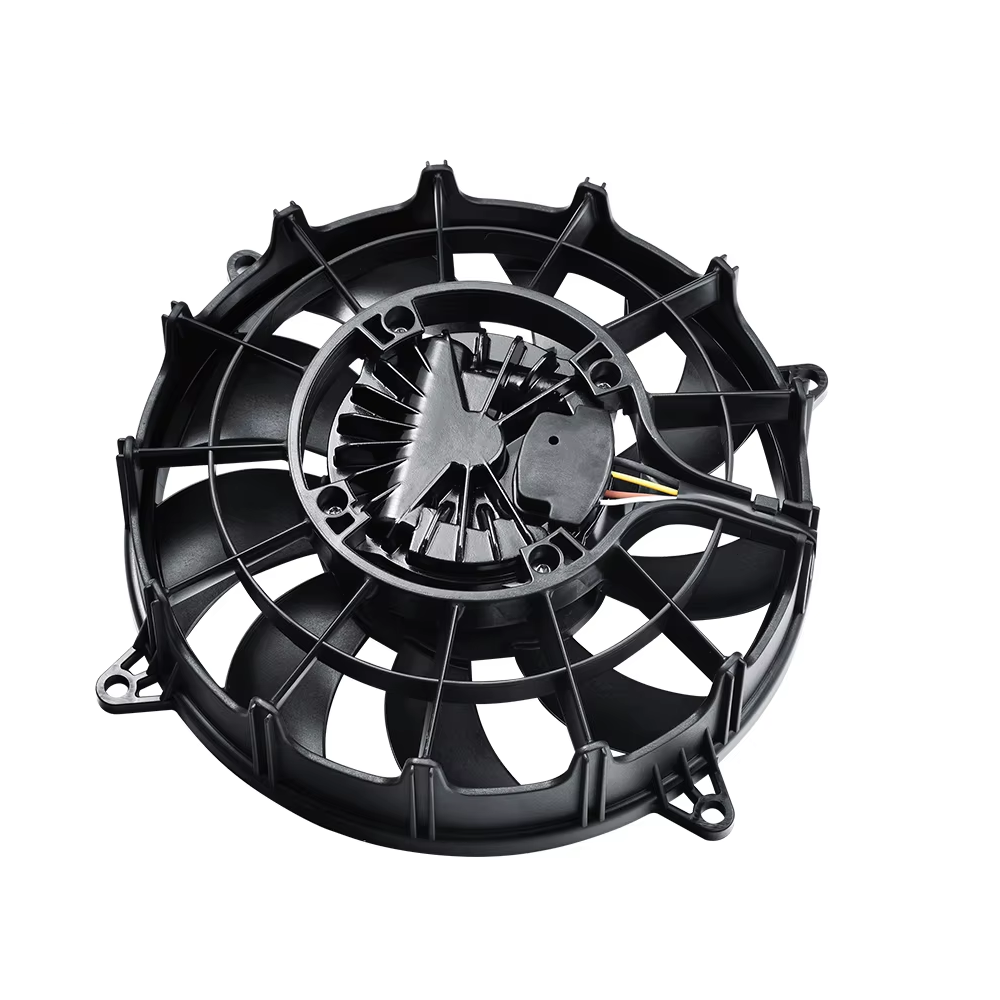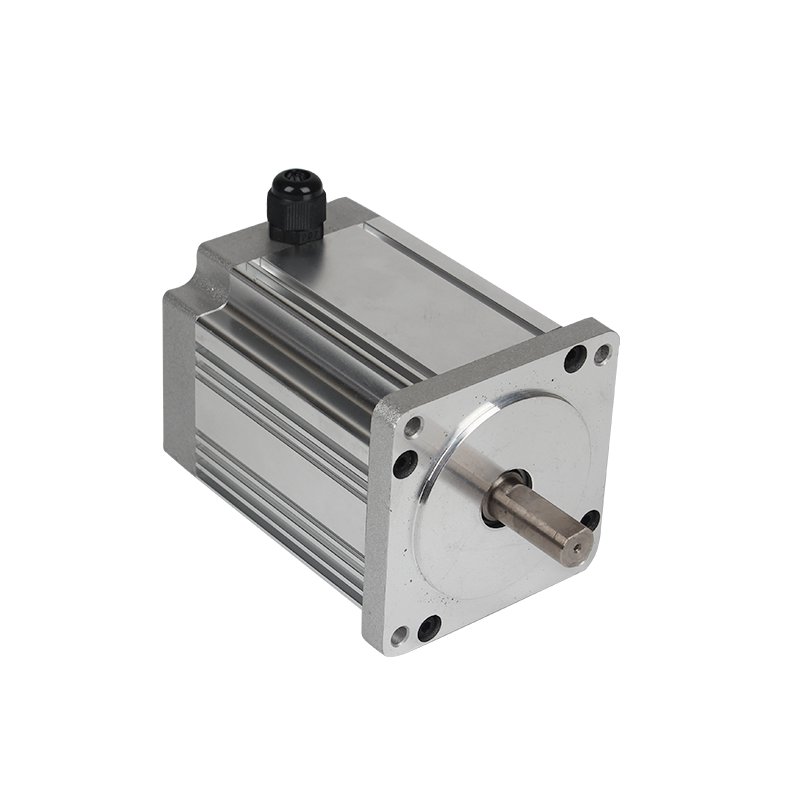Industrial ventilation and air circulation require different fan options, depending on their application and specific considerations such as fan price, power consumption, noise levels, lifespan and installation requirements.
Axial fans and centrifugal fans are two popular choices among commercial applications, and this article will investigate their differences and when one might be most suitable.
Air Flow Rate
Consideration of air flow rate when selecting an industrial fan is of great importance when making your purchase decision. Air must move freely through it for continuous ventilation purposes; various models available on the market must meet this need efficiently and meet specific requirements that suit your environment best; centrifugal fans and axial fans may both provide sufficient volume airflow – each has unique advantages and disadvantages which need to be thoroughly considered when making purchasing decisions.
Axial fans are straightforward designs and work by drawing air in parallel to their axis of rotation, making them suitable for applications where air needs to be quickly transported but at low pressure; such as open environments and spaces with ductwork. Unfortunately, however, their low suction capabilities make them inappropriate for more intensive air pressure requirements such as infill applications that need an immediate boost.
Centrifugal fans are more complex than their axial counterparts and typically offer better performance for most applications. Their blades are arranged in a circle to produce a rotating airflow that’s effective at producing consistent streams of airflow, plus their compact size makes them suitable for space-constrained environments and higher pressure production than axial fans. Finally, centrifugal fans also offer greater resistance resistance production which makes them well suited to situations in which air needs to be forced through resistance-laden systems.
Centrifugal fans tend to be more costly than their axial counterparts; however, their robust construction makes them less likely to break down, saving on maintenance costs overall and potentially lowering overall operational costs. Furthermore, their energy-saving characteristics require minimal upkeep resulting in decreased overall operational expenses.
When selecting between an axial fan and centrifugal fan, one should carefully consider both technical specifications and budget restrictions. Axial fans tend to be less costly than centrifugal fans and provide excellent performance across most applications; similarly, performance of centrifugal fans may depend on factors like motor size and bearing system components.
Pressure
Before purchasing industrial fans, the first step should be identifying your requirements. Based on those needs, then choosing which type to purchase. When designing fans, take into account factors like air flow rate, pressure and noise levels during their design stage.
Axial fans tend to offer superior air pressure. Their operation involves creating an imbalance between front and back pressure by creating an suction effect between blades that forces air forward, creating suction. Unfortunately, in terms of flow rate they tend to provide less performance than centrifugal fans.
Centrifugal fans are ideal in environments with higher air resistance. They can handle high air pressure without causing damage, and better cope with temperature variations than their counterparts. Centrifugal fans are frequently used to cool electronic equipment and ventilation systems while being an essential tool in manufacturing processes by clearing away hot gases or fumes from working areas.
Axial fans tend to be more costly than centrifugal fans, yet are smaller, require less maintenance, and produce lower noise levels, making them suitable for environments that demand quieter environments. Unfortunately, their airflow cannot be focused as effectively when used for ductwork applications.
Both types of fans offer their own distinct set of advantages and disadvantages depending on your environment and application. Axial fans excel at moving large volumes of air over short distances while centrifugal ones excel at pushing it against greater resistance, making them ideal for industrial settings.
Noise Level
Design of an axial fan should focus on optimizing airflow efficiency while minimizing energy usage. Axial fans consist of several components working in concert to reach this objective, including fan blades, hub, motor and housing – each contributing towards its performance characteristics such as noise level and static pressure levels.
Axial fan blade shapes have a profound effect on their sound level. A slender, narrow blade produces high-frequency band noise known as “chirping”, caused by uneven distribution of aerodynamic forces on its blades. Conversely, wider, more rounded blades create broad band noise which tends to be more tolerable.
Shape of an axial fan’s blades not only impacts sound level but also internal flow and noise characteristics of an axial fan. To assess how different blade tip winglet positions affected these characteristics of three different axial fans with different blade tip winglets were simulated with FLUENT software comparison between results of simulation model and actual experimental data; and results indicated an excellent agreement.
Another consideration when purchasing a fan is its static pressure capabilities and air flow rates. Static pressure measurements can be obtained by taking readings at various points away from the fan, and then dividing that result by its fan speed; this method provides an accurate and straightforward method of gauging its performance.
Axial fans tend to offer higher static pressure capacities and can handle greater airflow rates, yet can produce audible noise and electromagnetic interference (EMI), potentially interfering with sensitive equipment’s operation.
Axial fans are frequently employed when a large volume of air must be moved through an area, such as cooling towers or air curtains. Although axial fans offer lower static pressure capacities than centrifugal fans, they may be noisier depending on your application needs.
Cost
If you need to move large volumes of air quickly in a limited space, axial flow fans are an economical and efficient option. Easy to install and operate with low energy usage and minimal noise emissions make them a suitable solution for industrial ventilation and cooling applications such as ventilation and cooling needs. Unfortunately, when used alongside devices that generate heat they can create pressure differentials between air inlet and exhaust, which could result in pulled inflow rather than outflow.
Heat build-up in devices may necessitate additional cooling systems, while axial fans may cause “blind areas” at their shaft center that inhibit performance and require extra cooling systems to overcome. Utilizing computational fluid dynamics (CFD) models of flow and acoustics for these fans can assist designers and optimizers alike when designing them and optimizing performance.
An axial fan has blades that force airflow in the direction of its rotating shaft. They are popular because of their simple design, affordable cost and ease of maintenance – qualities which have led them to be widely adopted across industries and projects alike. Furthermore, these versatile fans can meet individual project requirements such as power consumption, airflow rate requirements, pressure requirements or noise pollution levels.
When selecting an axial fan, it is crucial to take both size and speed into account. A high-speed fan with a small diameter can increase airflow at lower pressure while low-speed fans with larger diameters tend to produce higher levels of pressure with reduced flow rate. Furthermore, when installing your fan in its intended environment–such as temperature, humidity levels or exposure to potentially corrosive substances–it’s essential to use a model which predicts how it will perform under these circumstances in order to ensure it meets intended performance standards and can be deployed safely and efficiently.





